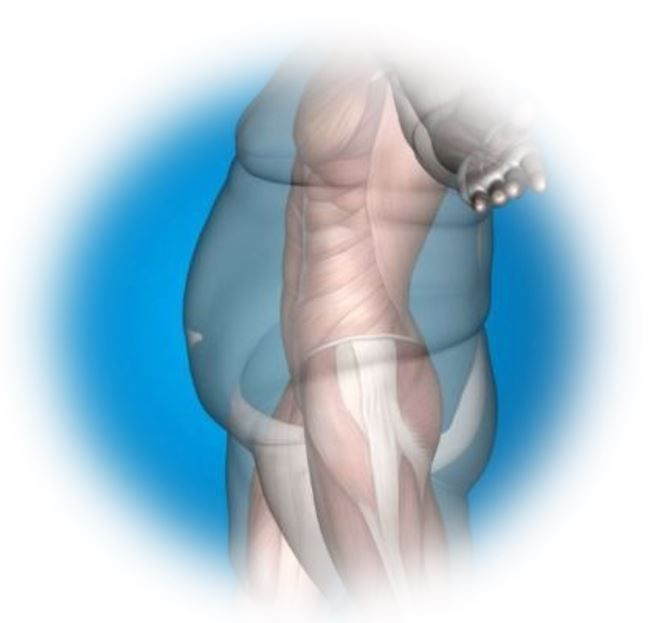- Clinical Technology
- Adult Immunization
- Hepatology
- Pediatric Immunization
- Screening
- Psychiatry
- Allergy
- Women's Health
- Cardiology
- Pediatrics
- Dermatology
- Endocrinology
- Pain Management
- Gastroenterology
- Infectious Disease
- Obesity Medicine
- Rheumatology
- Nephrology
- Neurology
- Pulmonology
BMI vs body fat; menopause and martinis; statin guidelines collide; +2 - The Five for Friday
Is BMI or body fat a better estimate of obesity?; spoiler: older women do drink ETOH; USPSTF vs ACC/AHA; plus no more opioids for LBP and a primer on migraine meds.
Our editors' summaries of the 5 most newsworthy topics reported on Patient Care®this week.
©Design36/Shutterstock

BMI vs body fat. Approximately one-quarter (26%) of men and more than one-third (38%) of women with normal body mass index (BMI) values were classified with "excess adiposity," ie, obesity. In a new study from Israel levels of key clinical parameters of MetS were elevated in this group with "normal weight obesity" as well, including TGs, LDL-C, and TC. More details, here.
©Stock Footage, Inc./Adobe Stock

Ditch the opioids. In the most recent assessment of a short course of opioid analgesics for treatment of acute low back pain and neck pain, Australian researchers found no signficant difference in pain scores at 6 weeks between opioid- and placebo-treated groups. They conclude “The use of opioids for the management of acute low back pain and neck pain is not supported by direct and robust evidence.” More details, here.
©Dan Kosmayer/Shutterstock.com

Martinis and menopause. Binge drinking among women going through menopause has been on the rise, research indicates, a sobering correction to the misperception that older women do not drink alcohol, said researchers. A recent study found that while excessive drinkers were more likely to cut down on consumption during the menopausal transition,a large proportion who drank only modestly before menopause shifted to problematic consumption in the early peri- and postmenopausal stages. More details, here.
©Kobby/Adobe Stock

Statin guidelines collide. In a recent comparison of guideline recommendations for initiating statin therapy in primary prevention, researchers found hat approximately 15% (~16.0 million) fewer adults would be eligible for statin therapy for primary prevention under 2022 recommendations from the USPSTF compared to the 2018 recommendatios from the AHA/ACC/ Multisociety consortium. Scan our Guideline Topline. More details here.
©Kalfa/Adobe Stock

Migraine mastery. Migraine is the most common primary headache seen in the primary care setting. The majority of patients with migraine can be appropriately managed by their primary care clinician, according to family physician and headache specialist Susan Hutchinson, MD. Hutchinson gives a streamlined review of the FDA-approved acute treatments, highlighting newer classes such as oral CGRP inhibitors (gepants) and lasmitidan. More details, here.
